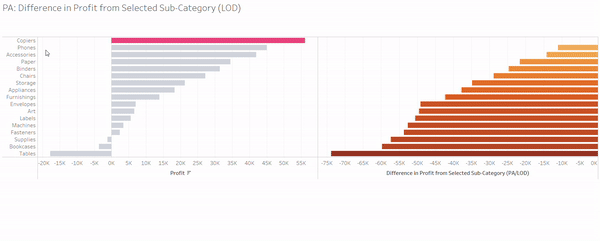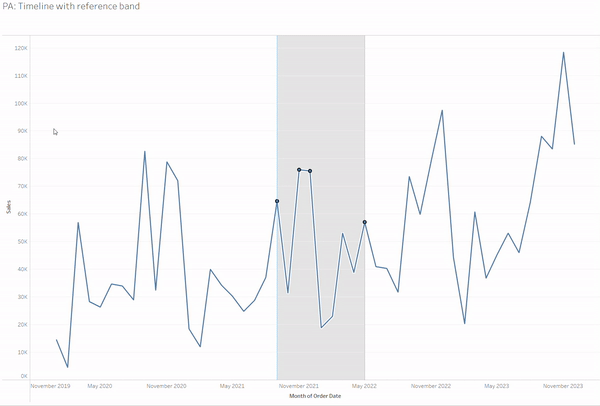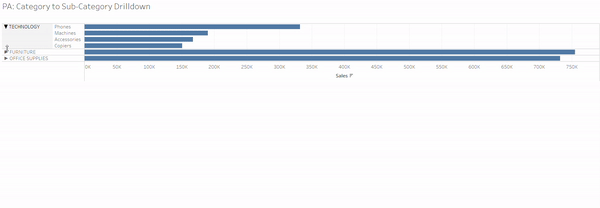In Tableau Desktop, parameters are dynamic input controls that allow users to interact with their data visualizations. Parameters enable users to modify certain aspects of a visualization, such as filters, calculations, or reference lines, without directly editing the underlying data or modifying the view itself. Here's a brief explanation of parameters and their key characteristics:
- Purpose: Parameters act as placeholders for values that users can adjust, providing a flexible way to explore and analyze data within a visualization.
- Creation: Parameters are created by defining a data type, range, and default value. The data types can include integers, floating-point numbers, dates, strings, or Boolean values.
- Interaction: Parameters can be interacted with through a variety of input controls, such as sliders, drop-down menus, or text boxes. Users can modify the parameter's value to update the visualization accordingly.
- Usage: Parameters can be leveraged in various ways. For instance, they can be used in calculated fields to create dynamic calculations that respond to parameter changes. Parameters can also be used in filters to enable users to selectively include or exclude data based on their input.
- Scenarios: Parameters are particularly useful in scenarios where users want to compare different subsets of data or apply conditional logic within a visualization. They allow users to explore "what-if" scenarios and instantly observe the visual representation's impact.
- Flexibility: Parameters can be combined with other Tableau features, such as calculated fields, sets, and actions, to enhance interactivity and enable more advanced analysis. They provide a level of flexibility that allows users to customize their visualizations without the need for extensive data preparation or manual editing.
- Sharing: Parameters are fully interactive when shared via Tableau Server or Tableau Public. This means that users accessing the visualization through these platforms can modify the parameter values and see the updated results, facilitating collaboration and exploration.
By utilizing parameters effectively in Tableau Desktop, users can create dynamic and interactive visualizations that empower them to explore their data from different perspectives and make informed decisions.
Examples of parameters in action:



